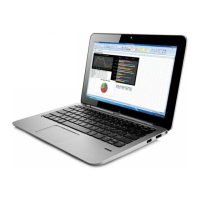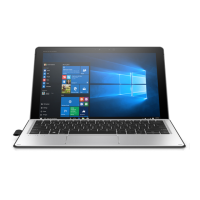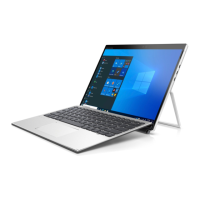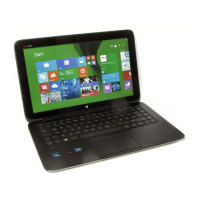Not all configuration components are available in all regions/countries.
c04507222 – DA – 15130 — Worldwide - Version 9 –January 20, 2016
The FCC has declared as of January 1, 2015 products that utilize
passive scanning on channel 12/13 and are capable of transmitting
must fully comply with requirements of 15.247 or otherwise disable
those channels.
4.9 – 4.95 GHz (Japan)
5.15 – 5.25 GHz
5.25 – 5.35 GHz
5.47 – 5.725 GHz
5.825 – 5.850 GHz
Note:
Indonesia only supports 5.725 - 5.825 GHz (CH149 - CH161)
2 transmit; 2 receive (2x2)
802.11a: 6, 9, 12, 18, 24, 36, 48, 54 Mbps
802.11b: 1, 2, 5.5, 11 Mbps
802.11g: 6, 9, 12, 18, 24, 36, 48, 54 Mbps
802.11n: MCS 0 ~ MCS 15, (20MHz, and 40MHz)
Direct Sequence Spread Spectrum
CCK, BPSK, QPSK, 16-QAM, 64-QAM
IEEE and WiFi compliant 64 / 128 bit WEP encryption for a/b/g
mode only
AES-CCMP: 128 bit in hardware
802.1x authentication
WPA, WPA2: 802.1x. WPA-PSK, WPA2-PSK, TKIP, and AES.
WPA2 certification
IEEE 802.11i
Cisco Certified Extensions, all versions through CCX4 and CCX
Lite
WAPI
Multinational support with frequency bands and channels compliant to
local regulations.
Network Architecture
Models
Ad-hoc (Peer to Peer)
Infrastructure (Access Point Required)
IEEE 802.11 compliant roaming between band Access Points
802.11b : +16dBm minimum
802.11g : +14dBm minimum
802.11a : +14dBm minimum
802.11n HT20(2.4GHz) : +13dBm minimum
802.11n HT40(2.4GHz) : +13dBm minimum
802.11n HT20(5GHz) : +12dBm minimum
802.11n HT40(5GHz) : +12dBm minimum
Receive: 1.6 W (max)
Idle mode (PSP): 180 mW (WLAN Associated)
Idle mode: 60 mW (WLAN unassociated)
Radio disabled: 30 mW
ACPI and PCI Express compliant power management
802.11 compliant power saving mode

